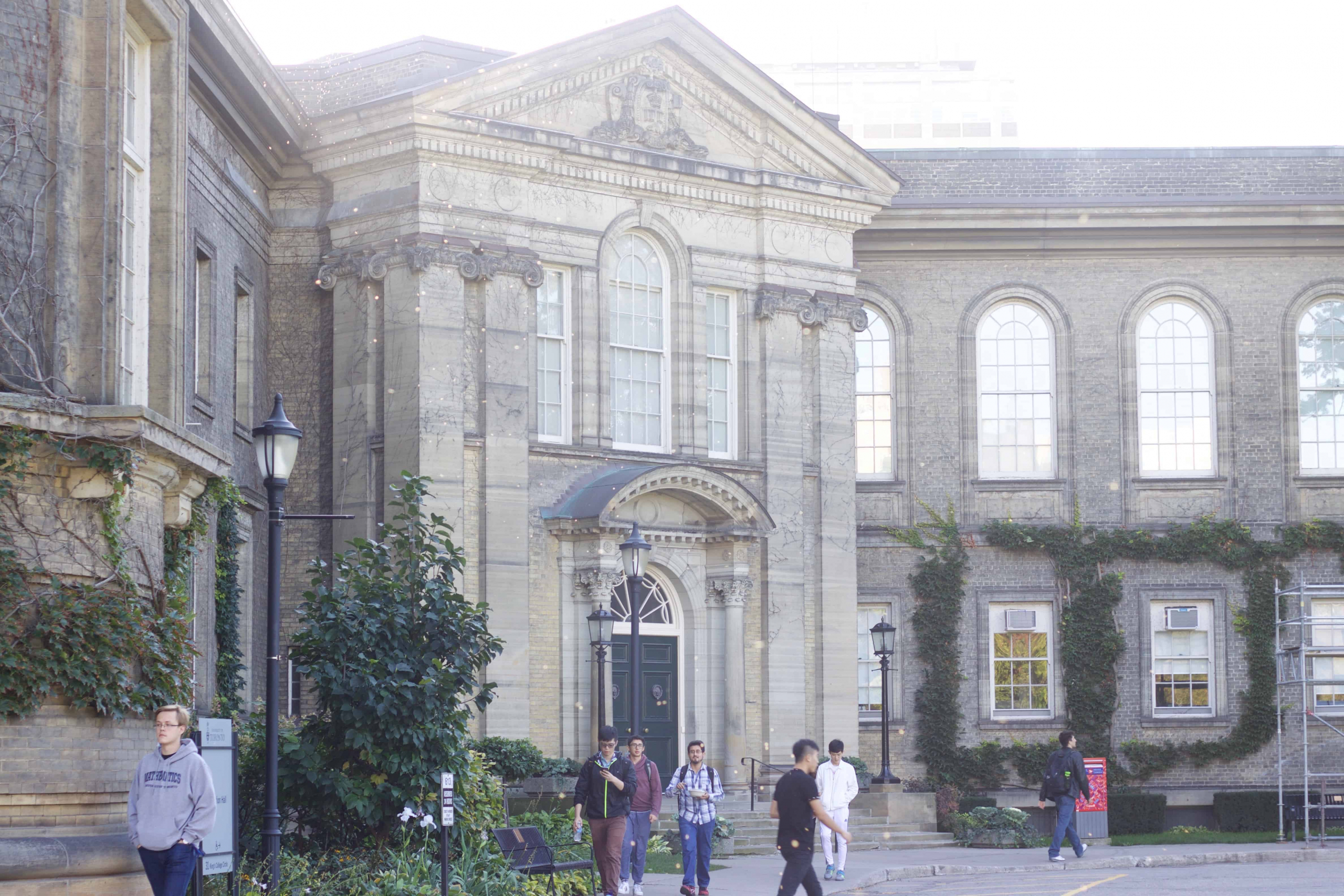U of T has released a 25-page report on gender equity among full-time, tenure track faculty and administrators, comparing percentages of female faculty between 2004–2005 and 2014–2015.
The report found that seven out of 18 divisions had achieved gender parity, which is defined in the report as faculty employment of 40–60 per cent female. These divisions are the Faculty of Nursing, Ontario Institute for Studies in Education, the Faculty of Social Work, the Faculty of Information, the Faculty of Pharmacy, the Faculty of Law, the Dalla Lana School of Public Health, and the John H. Daniels Faculty of Architecture, Landscape & Design.
However, equality in the university as a whole has progressed to a lesser extent, with women’s representation in faculty increasing from 30 per cent in 2004–2005 to 35 per cent in 2014–2015.
The uneven nature of female faculty representation becomes clearer as the data is disaggregated. While the proportion of women across all three non-clinical professorial ranks improved, with Assistant and Associate Professor positions having reached the report’s definition of gender parity with 43 per cent and 42 per cent respectively, women are still underrepresented at the senior level with only 35 per cent employed as Full Professors.
In among clinical faculty, only 14 per cent of full professors are women. The report addresses the dearth of women in senior faculty roles by emphasizing that improvements in gender parity at the senior level are expected to occur over time as new faculty hires progress to senior positions in the tenure track.
The report also touches on hiring data, with findings reflecting areas of further improvement. While the proportion of female applicants called in for interviews has increased from 35 per cent of interviewees to 41 per cent, which is greater than the proportion of females in the overall applicant pool, the percentage of women hired is lower than the percentage of women interviewed for these positions, especially for senior positions.
Within academic leadership, the percentage of women in higher ranking academic administration roles of ‘Associate/Vice Dean’ and ‘Dean and Above’ has risen from 31 per cent and 26 per cent respectively in 2004–2005 to 42 per cent in both rankings in 2014–2015.
Gender equity between faculties has also progressed unevenly. While the Faculty of Applied Science & Engineering and the Faculty of Architecture, Landscape & Design both had 8 per cent female faculty in 2004–2005, the Faculty of Architecture, Landscape & Design has made rapid progress and achieved gender parity with 44 per cent female faculty in 2014–2015, while the Faculty of Applied Science & Engineering made more humble gains, with 17 per cent female faculty in 2014–2015.
The report does not analyze gender with race and indigeneity, as more comprehensive data from the U of T Employment Equity Survey has not yet become available.


